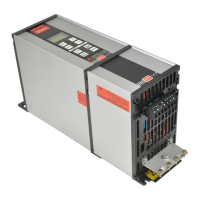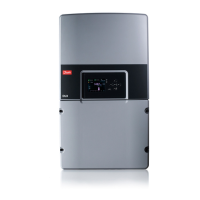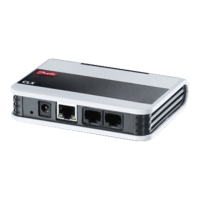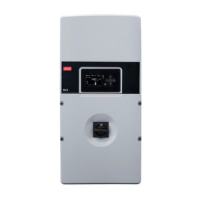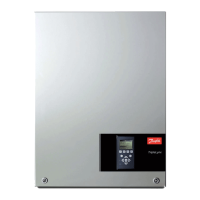MG.20.B6.02 – VLT is a registered Danfoss trademark
VLT
®
2000 Series
92
Acoustic noise
The acoustic noise from the frequency converter is
generated from 3 sources:
1. The motor coils (if mounted) generate a 4.5 kHz
noise, which is dependent on the cable impedance.
2. The DC coils (if mounted) generate a 100 Hz
noise (300 Hz, three-phase), which is proportional
with the motor load.
3. The noise from the built-in fan (not integrated in
all units) is acceptable to the human ear, although
the measurements show the highest values for fan
noise.
The values below (sound pressure) have been meas-
ured in accordance with VDE 0160.4.2 standard at a
distance of 1 metre from the VLT frequency converter
at 100% load and rated speed.
Motor noise
The motor noise depends mainly on the motor, but as
a guideline the noise increases by about 10 dB (A) in
relation to direct mains operation.
Extreme running conditions
Short circuit
VLT 2000 Series is protected against short circuits. A
short circuit between two output phases will cause
overcurrent in the inverter. However, each switch of
the inverter will be turned off individually when the
short circuit current exceeds the permitted value.
Ground fault
In case of an ground fault in a motor phase, the
inverter is turned off within 5-10 ms.
Switching on the output (only using motor chokes)
Switching on the output between the motor and the
frequency converter is fully permitted. It is not
possible to damage the VLT frequency converter in
any way by switching on the output, although it may
result in some occasional tripping conditions.
Motor-generated overvoltage
The voltage on the intermediate circuit will be
increased when the motor acts as a generator. This
takes place in two cases:
1. The load runs the motor (at constant output
frequency from the frequency converer), i.e.
energy is supplied from the load.
2. During deceleration ("ramp-down"), if the moment
of inertia is high, the load is low and/or the
ramp-down time is short.
The control unit attempts to correct the ramp if
possible. The inverter turns off to protect the
transistors and the intermediate capactors, when a
certain voltage level is reached.
Mains drop-out
During a mains drop-out the VLT frequency converter
will continue to operate until the intermediate circuit
voltage drops below the minimum stop level, typically
85% of the VLT frequency converter’s rated mains
supply voltage.
The time before inverter stop depends on mains volt-
age before drop-out and the motor load.
Ride-through can be programmed.
Static overload
When the VLT frequency converter is overloaded (the
current limit I
LIM i
is reached) the control unit will reduce
the output frequency f
M
in an attempt to reduce the
load. If the reduction of the output frequency does not
reduce the load, the control unit finally trips when the
output frequency has dropped below 1 Hz.
Running at current limit is limited (0-60 sec).
Special conditions
If a higher switching frequency is chosen the noise
from the motor will decrease. How much will depend
on the motor resonance and the type of motor.
VLT type 2010 2015 2020 *) 2030 *) 2040*) 2050*) 2020 2025 2030 2040 *) 2050 *) 2060 *)
IP 20 dB (A) 30.1 30.1 50.7 50.7 50.7 50.7 30.1 30.1 30.1 50.7 50.7 50.7
*) with built-in fan.
■
■
■
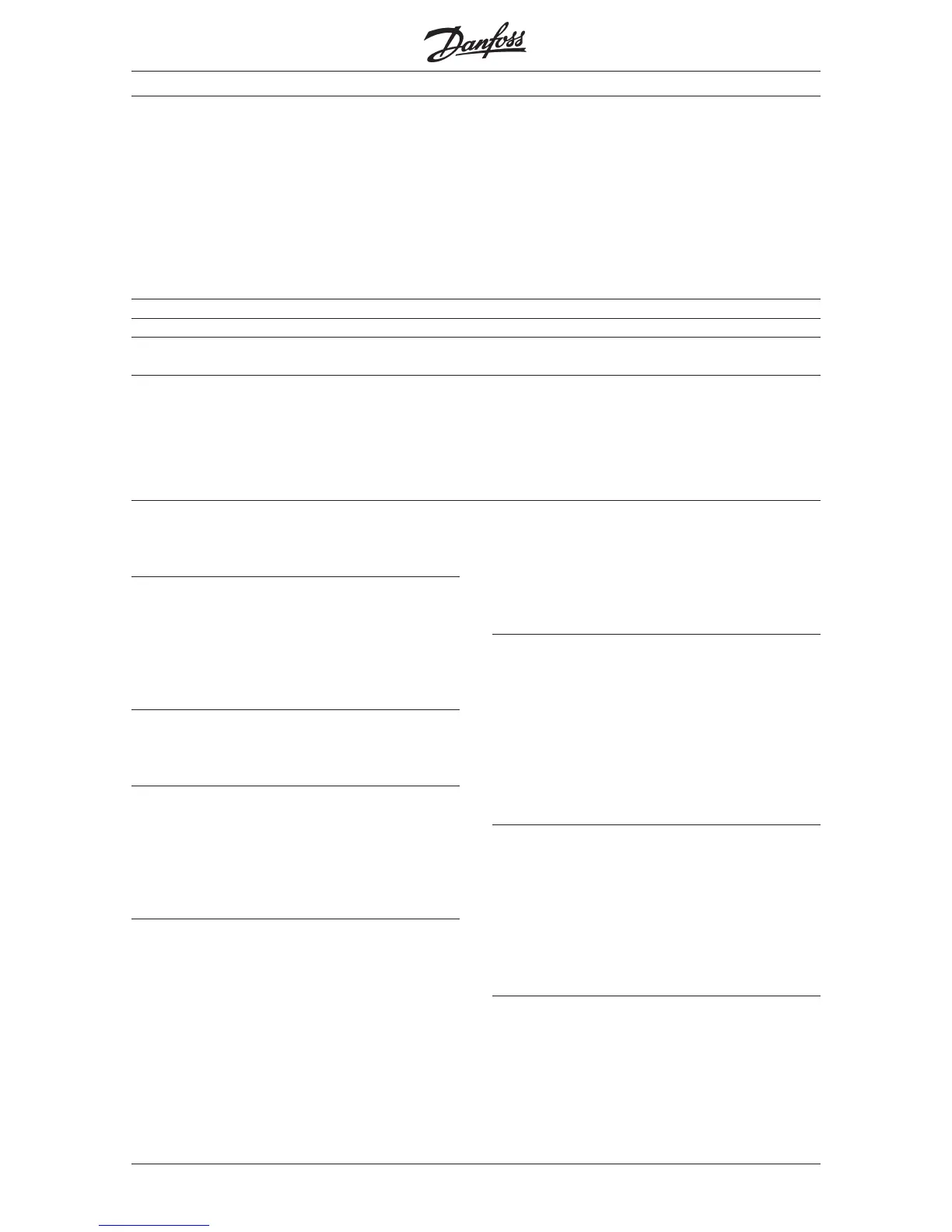